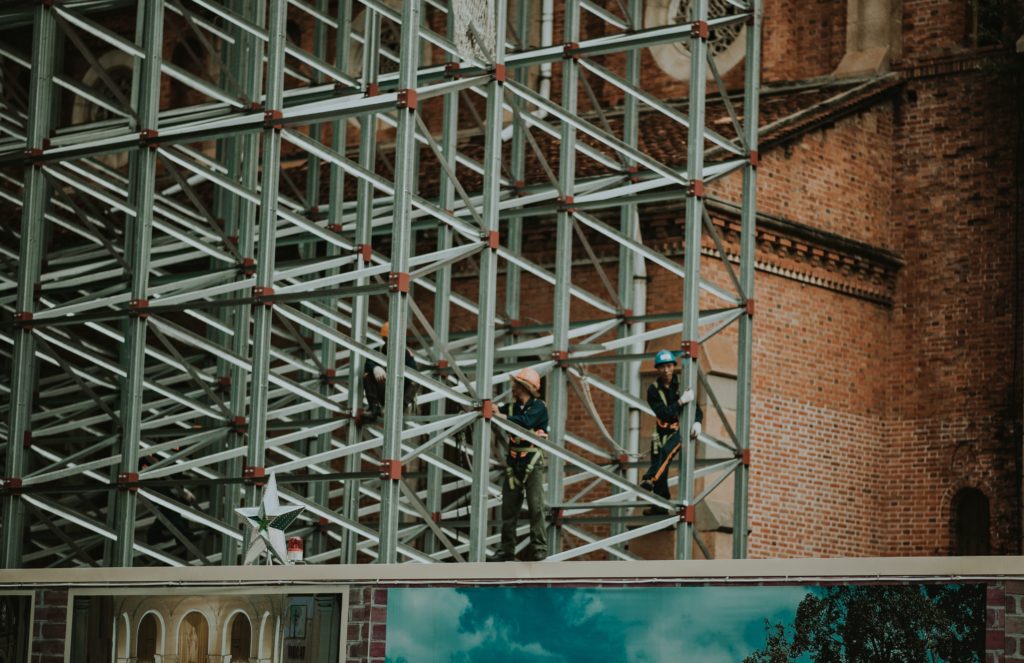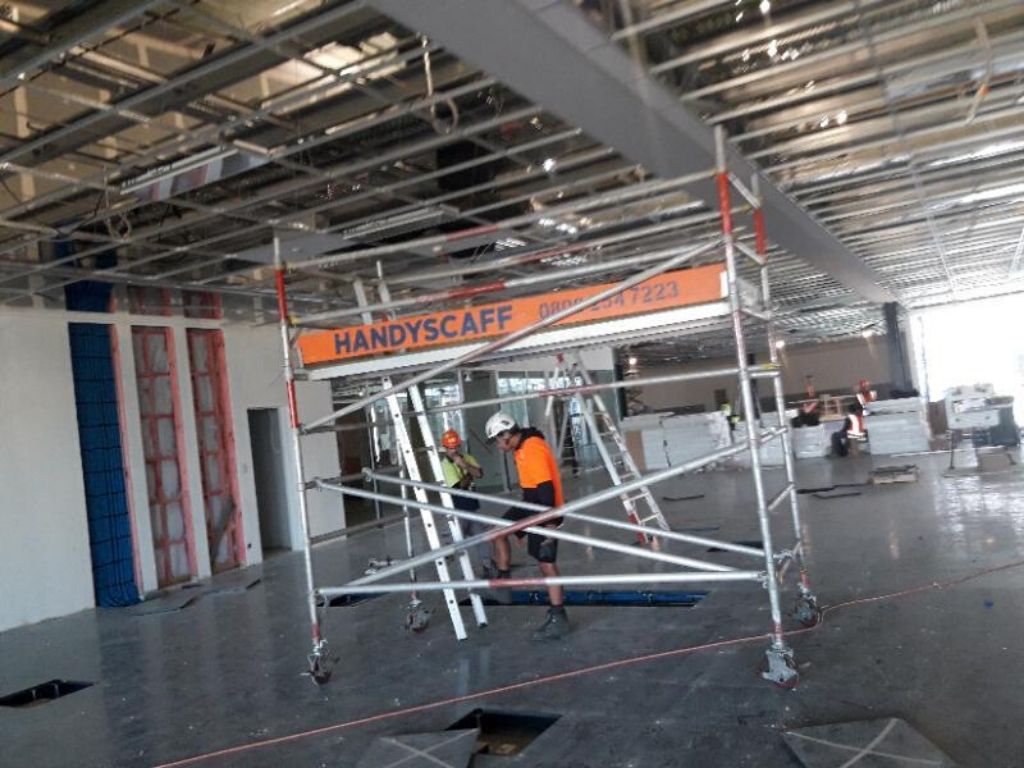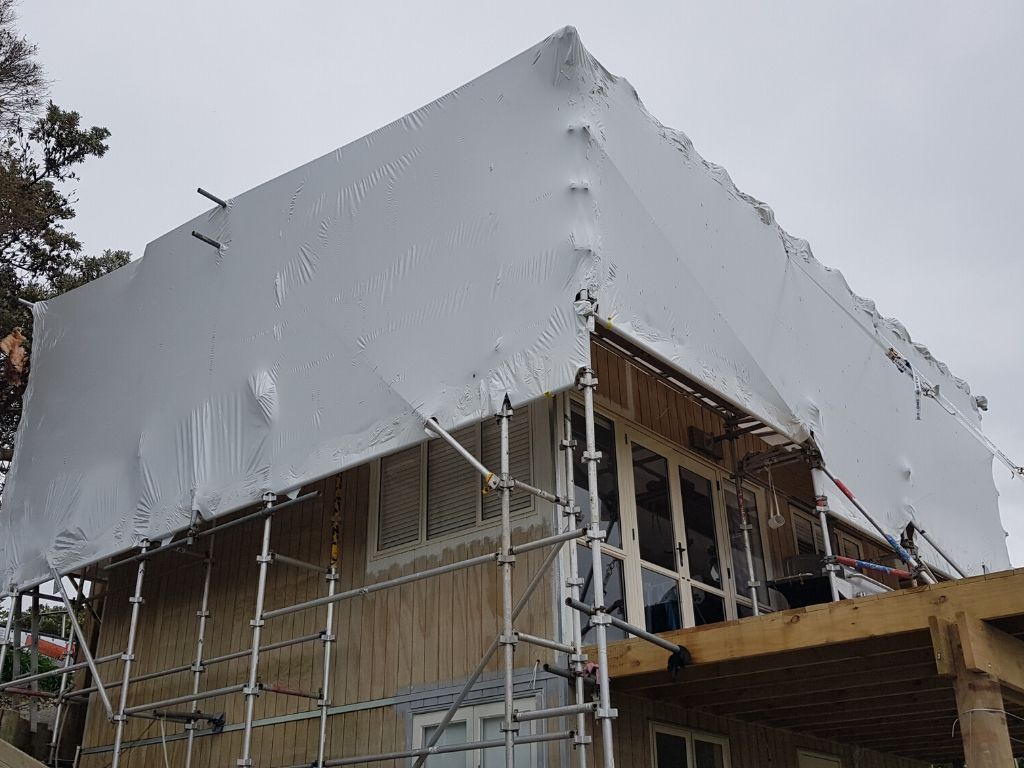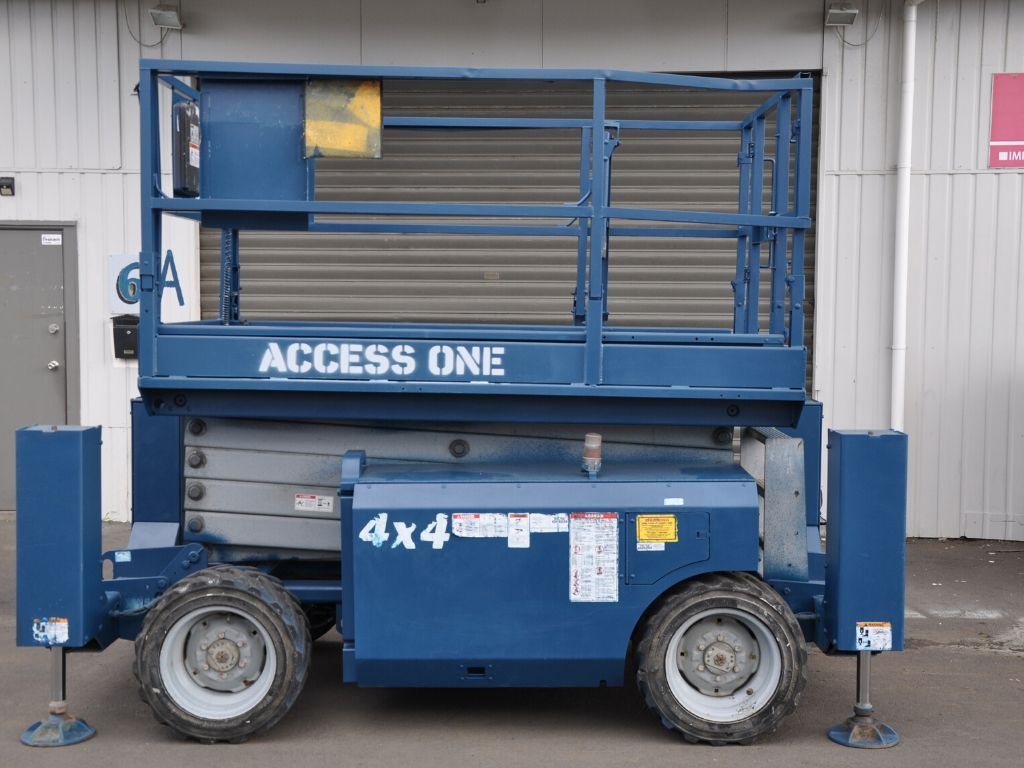Ring scaffolding – a versatile solution
Scaffolding is central to the creation of civilisation. It’d be impossible to build more than one story high without it. Just think of all those grand buildings and monuments we’d be without, not to mention the progress they enabled.
As we’ve come so far, it’s no surprise that scaffolding has evolved with us. Ring or ring-lock scaffolding is the cream of the crop when it comes to scaffolding. What makes it so great? Read on and find out…
What is Ring Lock Scaffolding?
Like any scaffolding that can be disassembled, ring scaffolding is made up of various pieces. It differs, however, in that it’s made up of individual bars and rosette style connection points rather than various four-bar frames.
The bars can be connected to the rosette-style connection points from eight different angles. This means the sections of the scaffolding can run diagonally rather than just horizontally and vertically.
This has a number of benefits.

The Benefits of Ring Lock Scaffolding
First off, because one connection can take up to eight bars, you can structure the scaffolding to be more secure and therefore bear heavier loads. This means increased functionality and protection for your workers.
Secondly, it allows for the ability to fine-tune the scaffolding. You can achieve varied sizes, depending on how you interlock the pieces – you’re not stuck with broad meter increments.
The fact that you can create diagonal sections also means your configurations can be more specific in terms of shape. This is why ring scaffolding has become a favourite tool for tricky restoration jobs, especially for older builders. Older buildings often contain arches and smaller spaces into which regular scaffolding just can’t fit.
The third benefit is easier storage. While many older types of scaffolding come apart for storage, an individual piece can still take up a flat square meter or more. Ring scaffolding is made up of bars that can be bundled together to take up less space.
The modular nature of ring scaffolding is its biggest benefit, but it’s also its weakness.
The Downsides of Ring Lock Scaffolding
Because ring scaffolding is made up of more pieces, that means that the setup requires more maintenance and closer inspections. More connection points mean more opportunities for something to come loose and likelihood of a faulty part.
It also means that greater care must be taken when assembling it. Unlike straightforward vertical/horizontal configurations, greater care must be taken with ring scaffolding, as the balance is a critical issue.
A Note on Mixing Parts
Many different companies produce ring scaffolding, and many of them are compatible with each other. This makes sourcing replacements or pure expansion a lot easier.
That said, not every brand will be compatible with every other brand. Therefore you should take care when mixing parts and test them utilising.
Conclusion
Ring scaffolding is a highly scalable and finely tuned tool. It has a lot of benefits, but like any safety or construction equipment, it must be handled with care.
Although it’s excellent for restoration jobs, it can be employed in a wide number of ways, from construction to renovation, and even as a makeshift structure for events.
At Access One, there’s no job too big or too small. For scaffolding services in Auckland, call us at 0800 2547 2233.
More from Access One
Fixed Aluminium Scaffolding
Lightweight, aluminium scaffolding made in New Zealand. Designed for the larger projects, our qualified team is here to help.
Handy Scaff - Mobile Scaffolds
Lightweight, easy to erect, mobile aluminium scaffolding towers, perfect for the DIYer. Check out our Handy Scaff Towers.
Shrink Wrap
Whether it's a roof, full house, boat or factory call us today to discuss your shrink wrap requirements and let us help organise the right solution for you.
Machine Hire
Electric Scissor Hoists and Rough Terrain Machines, Boom Lifts and Trailer mounted Cherry Pickers. We have a solution for you.
Contact Us





